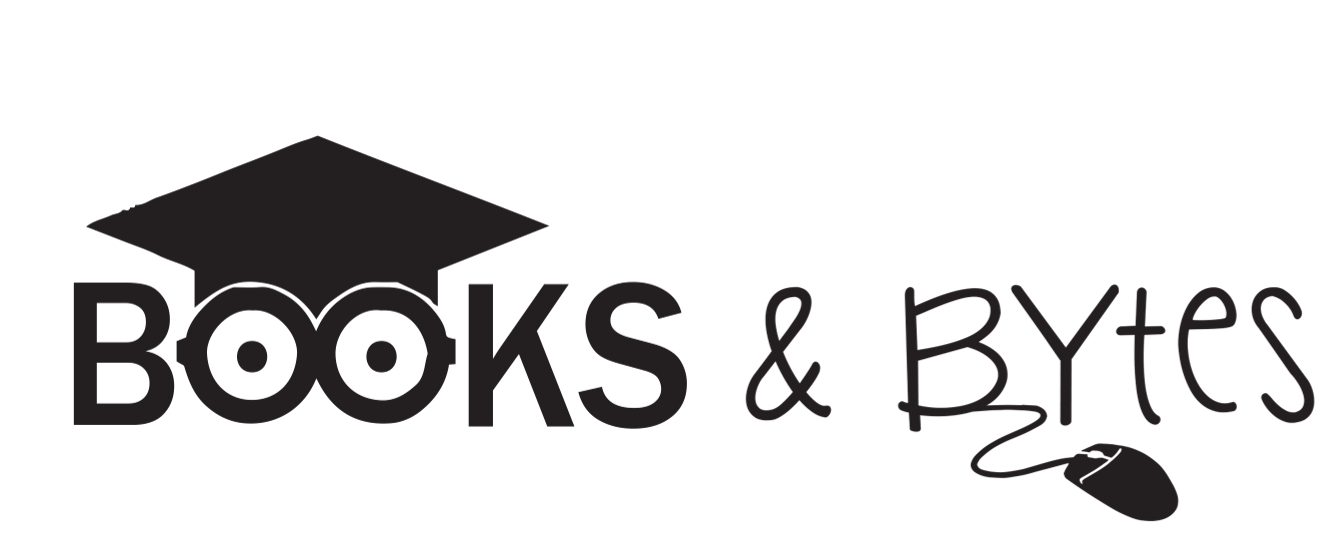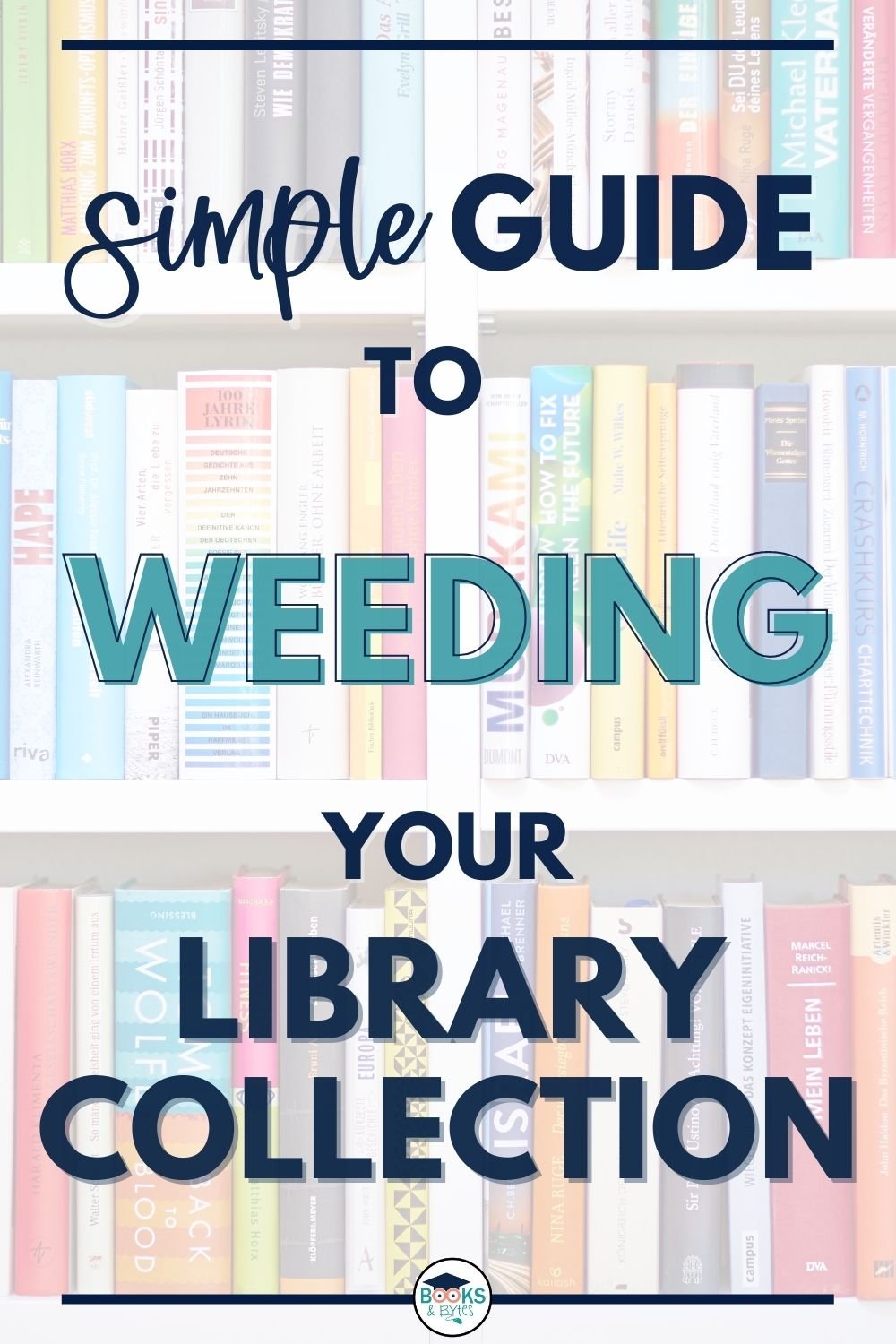Simple Guide to Weeding Your Library Book Collection
Get ready for some simple tips to weed your library book collection! After implementing these easy ideas, your library will be a fresh and organized space full of carefully selected titles curated by YOU!
So you’re thinking about weeding your library collection? I’ve got good news for you….you can make it simple! It can definitely seem like a daunting task, but I have grown to love it!
My Weeding Experience
I am currently a teacher-librarian, and I have managed three school libraries in this role. I have done MAJOR weeding in all three collections. The first library was older and desperately needed to be weeded of older books. The second was not too old, but I did some weeding of books that were just not popular and enticing to students. The third library’s collection was pretty new, but they had inherited quite a few books from schools that had closed. (I guess to supplement the new books during the first few years?) I completed a few major weeds to get rid of these books that were not originally purchased by us.
Disclaimer: Please check with your administrators and school board before doing any weeding. Teacher-librarians in my board are allowed to use their professional judgement to weed as necessary, but you may have policies or restrictions that you should be familiar with before you begin.
Why Weed Your Library?
Fresh Look - After removing books, your space will definitely be more visually appealing. There is something about seeing part of a shelf empty that makes me so calm. Maybe it’s the possibility of adding new titles, or my obsession with Gretchen Rubin’s empty shelf theory.
Easier Access - The weeding process makes books will be easier to find…literally. Instead of having to pull a book from a packed shelf, you can remove it with ease and that’s so important for students! Yes, when the shelf isn’t packed full, you need to find ideas to keep books upright, but I think it’s worth this challenge!
Finding Gems - My favourite post-weeding moments are when students find books they didn’t even know were there! By removing the “extra” books, they can see and access titles that were previously jammed on the shelves, and never signed out. They often think some titles are brand new - but no - they were just hiding amongst the excess!
Remove Problems - Just like you finding gems, you need to get rid of the duds. I always feel so satisfied when I removed a majorly damaged book or a book that is majorly outdated. This is the most important motivation for me to weed my collection. I want to ensure it is in good condition, and not causing harm to individuals or communities who visit my space.
Okay, so you’re ready to get started?!
First of all…yay! I’m so happy for you, and jealous because I love it so much! Here are a few tips to get you started!
Decide what section(s) to weed. I do one section of the library at a time. Sometimes I do one or two sections in a year, and in previous years I have done the entire library during the school year, just not at once. Depending on how much you want to do during a year, divide it up into time periods that work for you and your schedule. You can also weed more than once in the same section. I’ve lightly weeded my current non-fiction section three times in six years.
Try and find some uninterrupted time. This is hard, I get it! However, try your best to find some chunks of time that you can be as focused as possible. It’s hard to get in and out of weeding mode when staff and students are coming in and out and need assistance from you. I also leave a marker or a sticker on the shelf where I left off if I am called to something or am continuing at a later time. Check out the markers I use here.
Decide on your criteria. After doing a lot of weeding in the past, I am not very formal with this process. I ask myself the following questions for each book as I move along the shelf.
It is in good condition? (Does it have a ripped cover or tattered pages?) If you find a lot of damaged books, check out this Book Care resource.
Have I ever seen a student check it out? (Is it useful for students?)
When was it published? (Has it been replaced by a better version?)
It is a duplicate? (Do we need 3 copies of this book?)
Is it culturally responsive? (Does it respect and value ALL cultures, classes, ethnicities, genders, etc.)
You can also look at your circulation statistics to determine what might be weeding material. I don’t really do this, but it’s definitely a good idea to do this if you’re on the fence about whether or not to keep a book.
So you’re done your weeding!
After you have finished pulling the books, you need to delete them from your circulation software. I also cross off the barcodes and school stamps with a Sharpie to ensure someone knows they are no longer part of your collection.
When this deletion process is done, you can decide what to do with these books. (Please check with your school or school board to see if you have policies in place for disposing of books.) I offer many of the weeded books to educators to add to their classroom libraries. I usually recycle books that are damaged or no longer appropriate or relevant. Donation is also an option, but be sure to check your school’s policies on disposing of school resources.
Now it’s time for you to give it a try! I promise it’s not that bad…and you might even learn to love it as much as I do. You too can be a library weeding nerd like me! 🤓
Jenn
P.S. After you weed your collection, you’ll eventually need to supplement with some new books! Check out this post for some shopping ideas!





